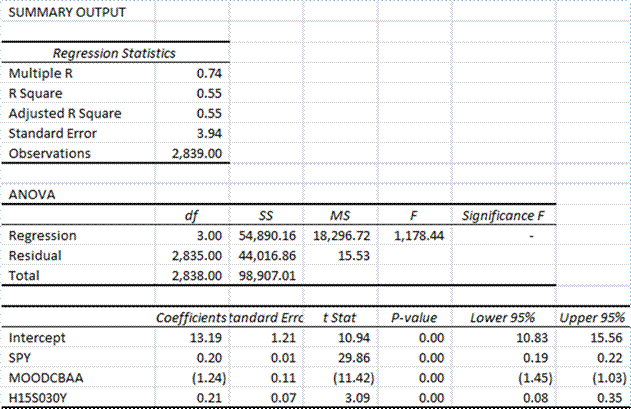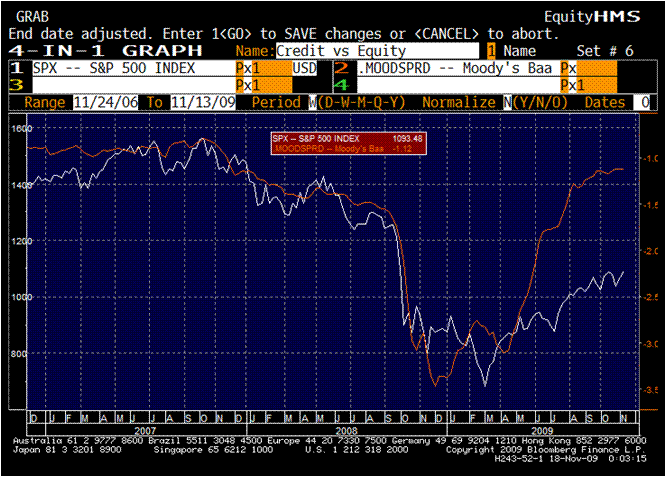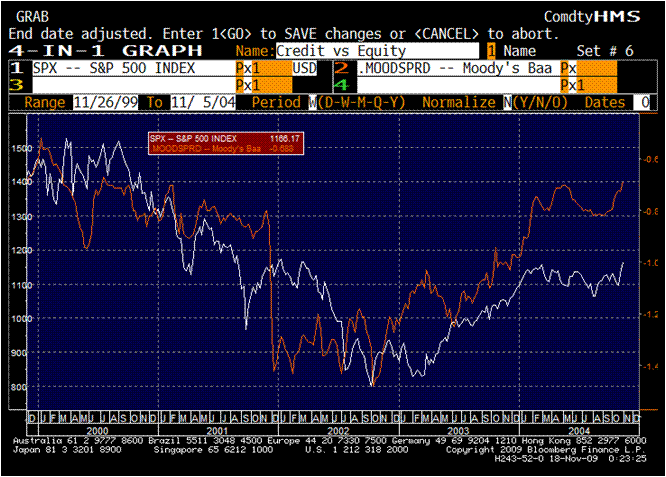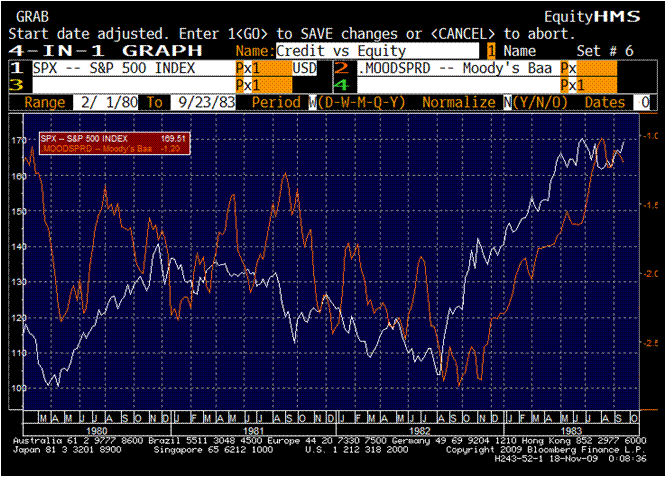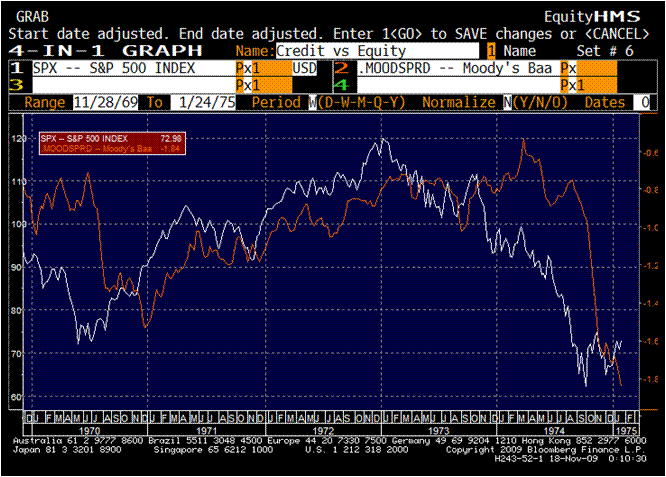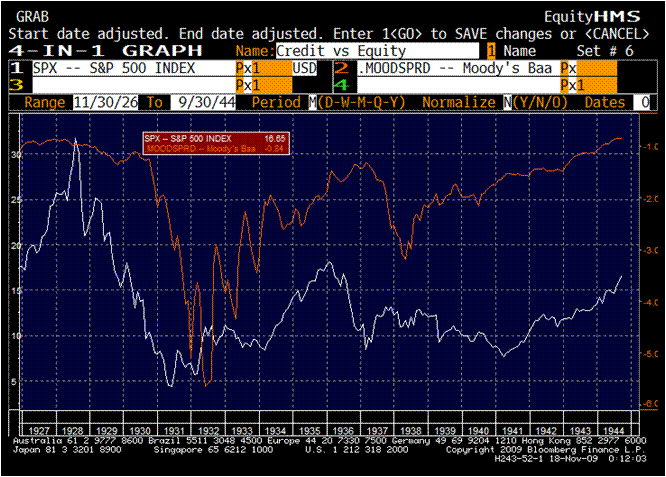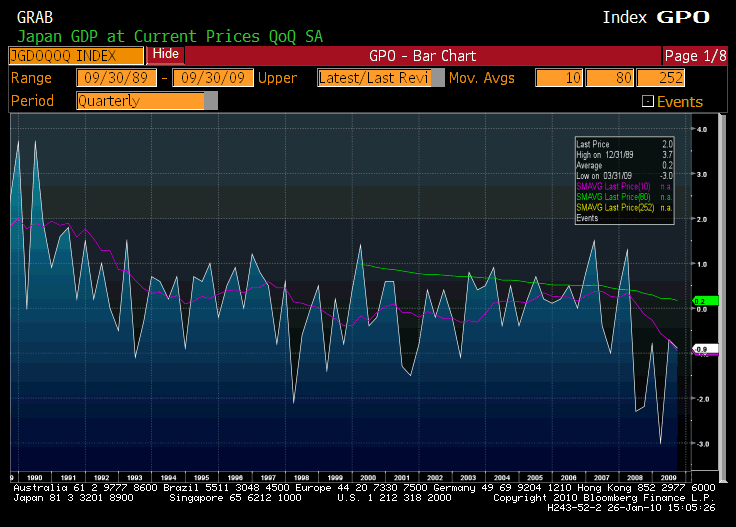Don’t Buy Stocks on Margin, Unless you are an Expert
Most academic economists are irrelevant, so we can ignore them.? The few that are relevant are worth noting.? They can write such that ordinary people can understand — think of Milton Friedman with his “Free to Choose.”? Such economists are viewed skeptically by the “profession” because they interact with the unwashed.
So it is with Ayres and Nalebuff.? I have rarely been impressed with what they write.? Like Freakonomics, they write about stuff that is sensational, and challenge the conventional wisdom.? Yo, the conventional wisdom is right most but not all of the time.? Anyone that focuses on where the conventional wisdom is wrong will commit a lot of errors in an effort to be novel.
Now, Abnormal Returns and Sentiment’s Edge have made their polite comments, but now it is time for my less polite comments. I have five main critiques of their paper, which stems from the lack of practical experience in the markets for these two professors.
1) History is an accident.? It is fortunate that they are analyzing the US, rather than nations whose markets got wiped out during a war.? It is not impossible that the US could face a similar crisis in its future.? Try the same analyses with Argentina or Peru.? Will it work?
2) Even in the US stocks don’t outperform bonds by that much.? My estimate of the equity premium is around 1%.? Yes, the economics profession says the equity premium is higher, but they use a wrong metric; they should use dollar-weighted returns, not time-weighted returns.? The estimate of 4% equity returns over margin rates, which are higher than bond yields, is hooey.
3) Average people aren’t capable of managing portfolios that are 100% equities, much less levered equities.? It is well known that people invested in equity funds tend to buy and sell at the wrong times.? It would be far worse with leveraged portfolios.
4) Leveraged ETFs tend to underperform over time, have you noticed?? This is a mathematical necessity.? Through options and swaps, which have larger bid-ask spreads, maintaining the leverage is at low cost is tough.? If the advantage over margin rates were true, there would be real advantages to leverage.
5) What if everyone did it?? The paper is a typical, “If you had done this in the past, you would have done a lot better.”? Duh, and I can do better versions of that than the authors.? Going back to point one, history is an accident, and cannot be relied on.? Point two, their math is wrong.? Point three, average people can’t implement it.? Point four, those who try to do this don’t do as well as you might expect.
The last point is that everyone can’t do this.? Can you imagine what would happen if everyone aged 25-41 suddenly invested into equity exposure equal to twice their assets?? Stock prices would shoot up, and would offer little future returns to holders.? Stocks aren’t magic, and over the very long haul, they tend to return what the GDP does plus a few percent.
Think of Alan Greenspan encouraging people to finance using ARMs at the worst time possible.? The authors here encourage young people to speculate on equities with leverage at a time when the market is somewhat overvalued.? If this were a good idea, you would have seen many people doing it already, and it is not a common practice.? Don’t listen to academics that have little practical experience for investment advice.
One final note: when I wrote at RealMoney, I took a contrarian view that for average investors, no one should be fully invested.? Even the great Ben Graham never exceeded 75% invested.? My view is that average people must limit their risks or they will not be able to sustain their investment plans.? A 50/50 or 60/40 balanced fund approach is best for the average person — they will never get scared enough to abandon it.
Leverage is for experts only, and I have never used leverage.? Only use leverage if you are more of an expert than me.? (I write this not out of pride, but out of my experience where so many have gotten burned by taking too much risk.)



